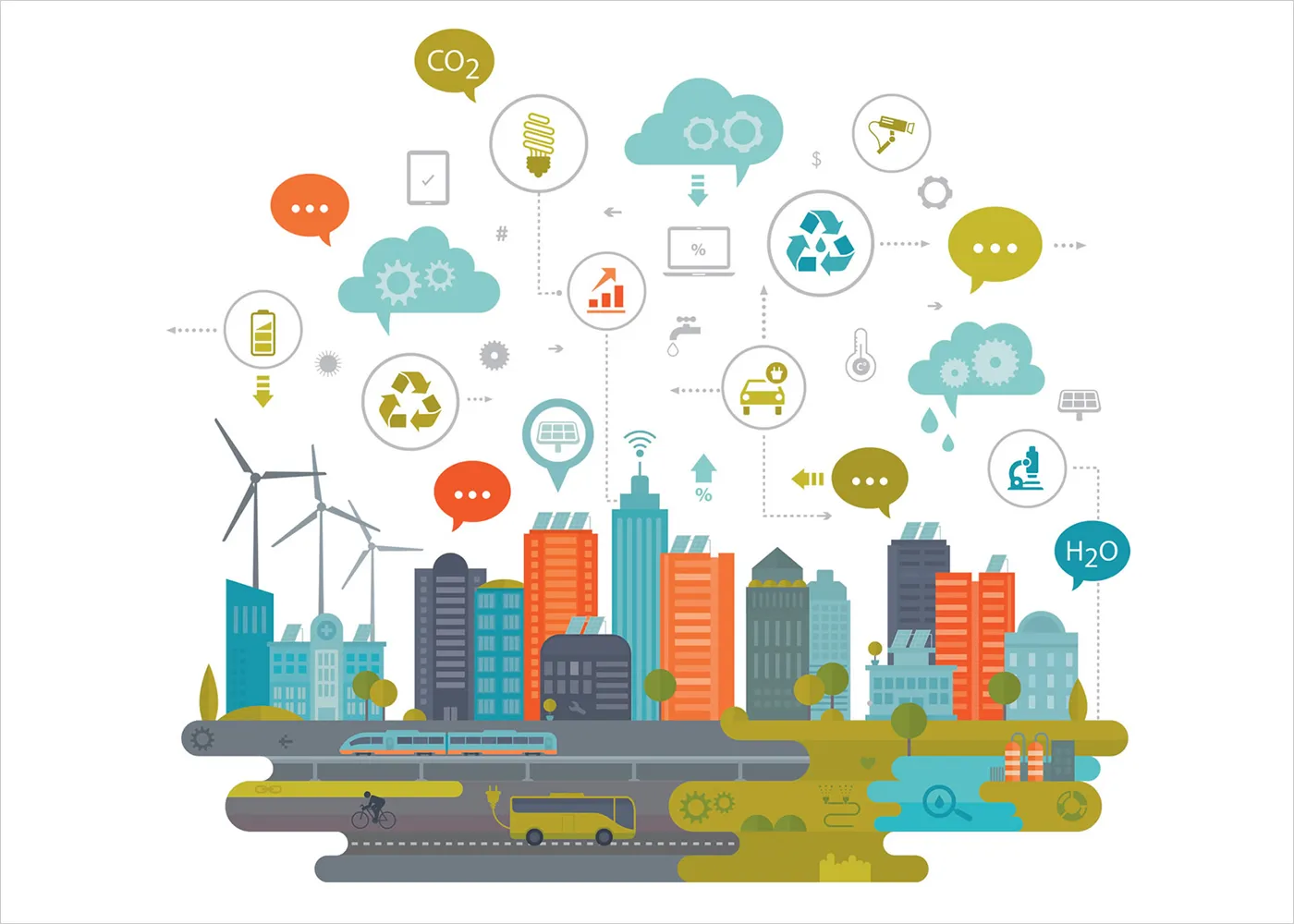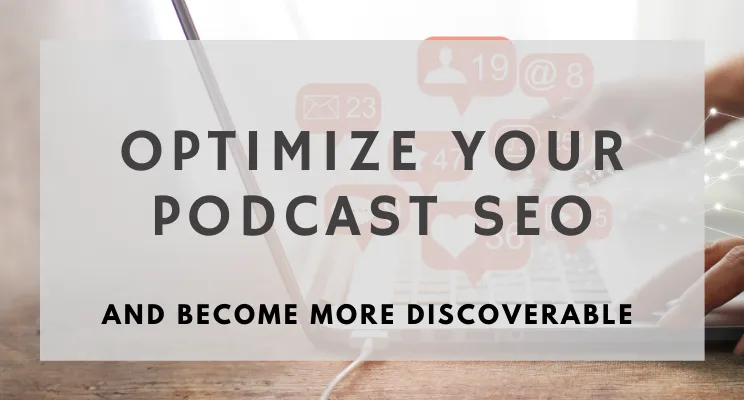In the ever-evolving world of digital marketing, the annual Google Marketing Live event has become a highly anticipated gathering for industry professionals. This year’s edition, held in May 2022, was no exception, as Google unveiled a plethora of exciting new features and updates that are set to reshape the landscape of online advertising.
The theme of Google Marketing Live 2022 was “Unlocking the Future of Digital Advertising,” and the tech giant delivered on that promise, introducing a range of innovative solutions designed to help businesses of all sizes navigate the complexities of the digital landscape. From enhanced targeting capabilities to streamlined campaign management tools, these new offerings promise to drive greater efficiency, personalization, and ultimately, better results for advertisers.
Personalized Experiences: The Key to Engagement

The digital landscape is becoming increasingly crowded, and businesses are constantly vying for the attention of their target audiences. In this context, the ability to deliver personalized experiences has emerged as a crucial competitive advantage. At Google Marketing Live 2022, the company unveiled several features aimed at helping advertisers create more relevant and engaging experiences for their customers.
Improved Audience Targeting
One of the key announcements was the expansion of Google’s audience targeting capabilities. The company introduced new targeting options that allow advertisers to reach their audience based on their interests, behaviors, and, most importantly, their stage in the customer journey.
Interests-Based Targeting
- Advertisers can now target users based on their demonstrated interests, as determined by their search and browsing history.
- This allows for more precise audience segmentation and the creation of tailored messaging that resonates with each user’s unique preferences.
Behavioral Targeting
- Google has enhanced its ability to understand user behaviors, enabling advertisers to target individuals based on their actions, such as recent purchases or website visits.
- This level of granular targeting helps businesses deliver more relevant and timely offers to their customers.
Lifecycle Targeting
- Advertisers can now target users based on their position in the customer journey, whether they are new to the brand, existing customers, or potential repeat buyers.
- This feature allows businesses to craft messaging that is specifically tailored to the user’s stage of engagement, improving the likelihood of conversion.
Improved Audience Measurement
- Google has also introduced new audience measurement tools that provide greater visibility into the performance of targeted campaigns.
- Advertisers can now track the impact of their personalized messaging on key metrics, such as engagement, conversions, and customer lifetime value.
By leveraging these enhanced targeting capabilities, businesses can create more personalized and effective advertising campaigns, ultimately driving higher levels of engagement and conversion.
Contextual Advertising Advancements
In addition to the improvements in audience targeting, Google Marketing Live 2022 also showcased advancements in contextual advertising. As privacy concerns continue to grow, and the phasing out of third-party cookies looms, contextual advertising has emerged as a powerful alternative to traditional audience-based targeting.
Expanded Contextual Signals
- Google has expanded the range of contextual signals it can leverage to match ads to relevant content, including video, images, and even audio.
- This allows advertisers to seamlessly integrate their messages into the user’s experience, without relying on personally identifiable information.
Automated Contextual Targeting
- The tech giant has introduced new AI-powered tools that automate the process of contextual targeting, making it easier for advertisers to reach their desired audience.
- These tools analyze the content of webpages and videos, and then automatically match relevant ads to the most appropriate placements.
Contextual Reporting and Optimization
- Google has also enhanced its reporting and optimization capabilities for contextual advertising campaigns.
- Advertisers can now access detailed insights into the performance of their contextual ads, allowing them to fine-tune their strategies and maximize the impact of their campaigns.
By embracing the power of contextual advertising, businesses can continue to reach their target audiences effectively, even as the digital landscape evolves and privacy regulations become more stringent.
Measurement and Attribution Enhancements
Accurate measurement and attribution have always been crucial components of effective digital advertising. At Google Marketing Live 2022, the company unveiled several enhancements to its measurement and attribution offerings, helping advertisers better understand the impact of their campaigns.
Cross-Channel Measurement
- Google has introduced new tools that enable advertisers to track the performance of their campaigns across multiple channels, including Search, Display, and YouTube.
- This holistic approach to measurement provides a more comprehensive view of the customer journey, allowing businesses to optimize their marketing strategies accordingly.
Value-Based Bidding
- The company has expanded its value-based bidding capabilities, which allow advertisers to optimize their campaigns based on the predicted value of each conversion.
- By incorporating customer lifetime value and other key metrics into the bidding process, businesses can maximize the return on their advertising investments.
Conversion Modeling
- Google has enhanced its conversion modeling capabilities, enabling advertisers to better understand the impact of their campaigns on hard-to-track conversions, such as in-store sales or phone calls.
- This helps businesses make more informed decisions about their marketing strategies and budget allocation.
Data-Driven Attribution
- The tech giant has introduced new data-driven attribution models that provide a more accurate understanding of the customer journey and the role each touchpoint plays in driving conversions.
- Advertisers can now make more informed decisions about their marketing mix and channel allocation, ultimately driving better results.
By leveraging these measurement and attribution enhancements, businesses can gain deeper insights into the performance of their digital advertising campaigns, allowing them to optimize their strategies and achieve greater success.
Automation and Efficiency: Empowering Advertisers

As the digital landscape continues to evolve, the need for efficient and scalable advertising solutions has become increasingly important. At Google Marketing Live 2022, the company unveiled a range of new automation and efficiency-focused features designed to help advertisers streamline their operations and achieve better results.
Automated Campaigns and Recommendations
One of the key themes at the event was the emphasis on automated campaign management and optimization. Google introduced several new features that aim to simplify the process of running and optimizing digital advertising campaigns.
Performance Max Campaigns
- Google’s new Performance Max campaigns leverage machine learning to automatically optimize ad placements, creative assets, and bidding strategies across multiple channels, including Search, Display, YouTube, and more.
- This feature helps advertisers reach their target audience more efficiently, while freeing up time and resources for other critical marketing activities.
Automated Recommendations
- Google has enhanced its automated recommendation engine, providing advertisers with tailored suggestions for improving their campaigns, such as adjusting bids, optimizing creatives, or exploring new audience segments.
- These recommendations are based on data-driven insights and can help businesses achieve better results with minimal manual intervention.
Smart Bidding Enhancements
- The company has made improvements to its Smart Bidding capabilities, which use machine learning to optimize bids for each auction based on the advertiser’s campaign goals and the user’s context.
- Advertisers can now access more granular control over their bidding strategies, allowing them to further refine their approach and drive better performance.
By embracing these automated campaign management and optimization tools, businesses can free up valuable time and resources, while ensuring that their advertising efforts are constantly being fine-tuned to achieve maximum impact.
Streamlined Campaign Management
In addition to the automation-focused features, Google Marketing Live 2022 also highlighted several enhancements aimed at streamlining the overall campaign management process for advertisers.
Unified Reporting and Insights
- Google has introduced a new, unified reporting interface that provides advertisers with a comprehensive view of their campaign performance across all channels and platforms.
- This centralized dashboard allows businesses to quickly identify trends, analyze key metrics, and make informed decisions about their marketing strategies.
Expanded Conversion Tracking
- The company has expanded its conversion tracking capabilities, enabling advertisers to measure the impact of their campaigns on a wider range of actions, including phone calls, in-store visits, and offline sales.
- This enhanced visibility into the customer journey helps businesses better understand the true impact of their advertising efforts.
Simplified Campaign Creation
- Google has made the process of creating and launching new advertising campaigns more intuitive and user-friendly, with streamlined interfaces and simplified workflows.
- This helps reduce the administrative burden on advertisers, allowing them to focus more on strategy and optimization.
Integrated Partner Ecosystem
- The tech giant has strengthened its partnerships with a range of third-party tools and platforms, enabling advertisers to seamlessly integrate their advertising efforts with other critical business systems, such as CRMs and e-commerce platforms.
- This level of integration promotes greater efficiency and data-driven decision-making across the entire marketing ecosystem.
By streamlining the campaign management process, Google is empowering advertisers to work more efficiently, make better-informed decisions, and ultimately, achieve greater success with their digital advertising efforts.
Omnichannel Experiences: Connecting the Dots
In today’s rapidly evolving digital landscape, the concept of the “customer journey” has become increasingly complex. Consumers now engage with brands across a multitude of touchpoints, from search engines and social media to e-commerce platforms and physical storefronts. At Google Marketing Live 2022, the company unveiled a range of features and solutions designed to help advertisers deliver seamless, omnichannel experiences that drive better results.
Offline Attribution and Measurement
As the lines between online and offline commerce continue to blur, the ability to accurately measure the impact of digital advertising on in-store sales and foot traffic has become a critical priority for many businesses.
Store Visits Measurement
- Google has enhanced its store visits measurement capabilities, allowing advertisers to track the impact of their digital campaigns on in-store foot traffic.
- This feature helps businesses better understand the relationship between online and offline customer behavior, enabling them to optimize their marketing strategies accordingly.
Offline Conversion Tracking
- The tech giant has introduced new tools that enable advertisers to track the impact of their digital campaigns on offline conversions, such as in-store purchases or phone calls.
- By bridging the gap between online and offline data, businesses can gain a more holistic view of their customers’ path to purchase and make more informed decisions about their marketing investments.
Omnichannel Reporting and Attribution
- Google has developed new reporting and attribution models that provide a comprehensive understanding of the customer journey, taking into account both online and offline touchpoints.
- This helps advertisers accurately measure the impact of their omnichannel marketing efforts and optimize their strategies for maximum impact.
Expanded Retail Integrations
- The company has strengthened its partnerships with leading retail platforms, enabling advertisers to seamlessly connect their online and offline data sources and gain a deeper understanding of their customers’ behavior.
- These integrations promote greater visibility and data-driven decision-making across the entire retail ecosystem.
By leveraging these offline attribution and measurement capabilities, businesses can gain a more complete understanding of their customers’ path to purchase, allowing them to create more effective, omnichannel marketing strategies.
Shoppable Experiences
Another key focus at Google Marketing Live 2022 was the enhancement of shoppable experiences, which allow consumers to seamlessly transition from the discovery phase to the purchase phase within the same digital environment.
Integrated Shopping Experiences
- Google has introduced new features that enable advertisers to integrate their e-commerce offerings directly into their advertising campaigns, providing users with a frictionless shopping experience.
- This includes the ability to showcase product listings, allow for in-ad purchases, and leverage personalized recommendations to drive higher conversion rates.
Visual Search and Discovery
- The tech giant has made advancements in its visual search capabilities, allowing users to easily discover and purchase products by simply uploading an image or using their camera.
- This feature helps bridge the gap between inspiration and action, driving increased engagement and conversions for advertisers.
Expanded Shoppable Inventory
- Google has expanded the range of shoppable inventory available to advertisers, including the ability to showcase product listings across a wider array of platforms, such as YouTube and Google Discover.
- This expansion of shoppable touchpoints provides businesses with more opportunities to reach and convert their target audiences.
Automated Merchandising
- The company has introduced new AI-powered tools that automate the process of product selection and merchandising, helping advertisers showcase the most relevant and engaging products to their customers.
- This streamlines the process of creating and optimizing shoppable experiences, freeing up time and resources for other strategic initiatives.
By enhancing the integration of shopping experiences within their advertising efforts, businesses can create more seamless and engaging customer journeys, ultimately driving higher conversion rates and stronger brand loyalty.
Sustainability and Responsibility: Shaping the Future

As the digital advertising landscape continues to evolve, the focus on sustainability and responsible practices has become increasingly important. At Google Marketing Live 2022, the company showcased its commitment to promoting environmental stewardship and ethical business practices, introducing a range of new features and initiatives aimed at addressing these critical issues.
Sustainable Advertising Solutions
One of the key areas of focus at the event was the introduction of sustainable advertising solutions, which aim to help businesses reduce their environmental impact while still achieving their marketing goals.
Carbon-Neutral Advertising
- Google announced the launch of a new carbon-neutral advertising program, which allows businesses to offset the emissions associated with their digital advertising campaigns.
- This feature helps advertisers demonstrate their commitment to sustainability and reduces their overall carbon footprint.
Energy-Efficient Ad Serving
- The tech giant has optimized its ad-serving infrastructure to be more energy-efficient, reducing the environmental impact of the digital advertising ecosystem.
- This includes initiatives such as the use of renewable energy sources and the implementation of energy-saving technologies in Google’s data centers.
Sustainable Creative Guidelines
- Google has developed a set of sustainable creative guidelines that encourage advertisers to create content that is environmentally friendly and promotes sustainable practices.
- These guidelines cover a range of areas, from the use of sustainable imagery and messaging to the minimization of energy-intensive elements in digital ads.
Sustainable Measurement and Reporting
- The company has introduced new reporting and measurement tools that enable advertisers to track the environmental impact of their digital campaigns, including metrics such as carbon emissions and energy consumption.
- This data can help businesses make more informed decisions about their marketing strategies and reduce their environmental footprint.
By embracing these sustainable advertising solutions, businesses can demonstrate their commitment to environmental responsibility, while still achieving their marketing objectives and driving better results.
Responsible AI and Data Practices
In addition to its focus on sustainability, Google Marketing Live 2022 also highlighted the company’s commitment to responsible AI and data practices, which are essential for building trust and maintaining the integrity of the digital advertising ecosystem.
Responsible AI Development
- Google has outlined its principles and guidelines for the development of responsible AI systems, which are designed to ensure that these technologies are used in an ethical and transparent manner.
- This includes measures to prevent bias, protect user privacy, and promote the overall well-being of individuals and communities.
Data Privacy and Transparency
- The tech giant has introduced new features and tools that enhance data privacy and transparency for both advertisers and users, in line with evolving regulatory requirements and consumer expectations.
- This includes the expansion of user controls over data sharing and the implementation of more robust data protection measures.
Brand Safety and Suitability
- Google has enhanced its brand safety and suitability features, enabling advertisers to better control the placement of their ads and ensure that their messaging aligns with their brand values and target audience.
- This helps businesses maintain a positive brand reputation and avoid potential controversies or reputational damage.
Ethical Partner Ecosystem
- The company has strengthened its vetting and onboarding process for third-party partners, ensuring that they adhere to the same standards of responsible and ethical practices as Google.
- This promotes a more trustworthy and transparent digital advertising ecosystem, benefiting both businesses and consumers.
By upholding these responsible AI and data practices, Google is helping to build a more trustworthy and sustainable digital advertising landscape, paving the way for long-term success and growth.
The Future of Digital Advertising: Empowering Businesses to Thrive

As the digital advertising landscape continues to evolve, the key to success lies in the ability to adapt and embrace the latest innovations and best practices. The announcements made at Google Marketing Live 2022 showcase the tech giant’s commitment to empowering businesses of all sizes to navigate this rapidly changing landscape and achieve greater success.
From enhanced personalization and targeting capabilities to streamlined automation and efficiency tools, the new features and solutions introduced at the event are designed to help advertisers create more engaging, impactful, and responsible campaigns. By leveraging these advancements, businesses can stay ahead of the curve, deliver better results for their customers, and ultimately, drive sustainable growth in an increasingly competitive digital marketplace.
As the world of digital advertising continues to evolve, the importance of adaptability, innovation, and responsible practices will only continue to grow. By embracing the insights and solutions presented at Google Marketing Live 2022, businesses can position themselves for long-term success, unlocking the future of digital advertising and reaping the benefits of a more personalized, efficient, and sustainable advertising ecosystem.
Conclusion
The Google Marketing Live 2022 event was a resounding testament to the tech giant’s commitment to driving the future of digital advertising. From personalized experiences and omnichannel measurement to automation and sustainability, the company unveiled a range of innovative features and solutions that promise to reshape the way businesses approach their online marketing strategies.
By leveraging the enhanced targeting capabilities, streamlined campaign management tools, and responsible advertising practices introduced at the event, advertisers can create more engaging, efficient, and impactful campaigns that resonate with their target audiences. Moreover, the focus on sustainability and ethical practices underscores Google’s commitment to building


